Why corn meal is a better fertilizer than bone meal?
strawchicago z5
9 years ago
Featured Answer
Sort by:Oldest
Comments (22)
strawchicago z5
9 years agolast modified: 9 years agoseaweed0212
9 years agolast modified: 9 years agoRelated Professionals
Brentwood Landscape Architects & Landscape Designers · Fitchburg Landscape Architects & Landscape Designers · Franconia Landscape Architects & Landscape Designers · Otsego Landscape Architects & Landscape Designers · Allentown Landscape Contractors · Bridgeview Landscape Contractors · Dunwoody Landscape Contractors · Edwardsville Landscape Contractors · Hannibal Landscape Contractors · Indianapolis Landscape Contractors · Pine Hills Landscape Contractors · Royal Oak Landscape Contractors · Suitland Landscape Contractors · Watertown Landscape Contractors · Yukon Landscape Contractorsstrawchicago z5
9 years agolast modified: 9 years agoMas_Loves_Roses
9 years agolast modified: 9 years agoseaweed0212
9 years agolast modified: 9 years agostrawchicago z5
9 years agolast modified: 9 years agostrawchicago z5
9 years agolast modified: 9 years agostrawchicago z5
9 years agolast modified: 9 years agostrawchicago z5
9 years agolast modified: 9 years agopatricianat
9 years agolast modified: 9 years agoJoppaRich
9 years agolast modified: 9 years agostrawchicago z5
9 years agolast modified: 9 years agostrawchicago z5
9 years agolast modified: 9 years agoseaweed0212
9 years agolast modified: 9 years agostrawchicago z5
9 years agolast modified: 9 years agostrawchicago z5
9 years agolast modified: 9 years agoseaweed0212
9 years agolast modified: 9 years agoMas_Loves_Roses
9 years agolast modified: 9 years agoseaweed0212
9 years agolast modified: 9 years agoMas_Loves_Roses
9 years agolast modified: 9 years agostrawchicago z5
9 years agolast modified: 9 years ago
Related Stories
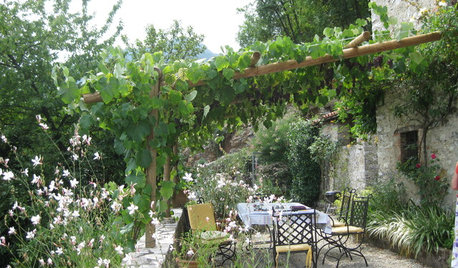
LANDSCAPE DESIGNRecipe for Mediterranean Edible Garden Style
The only thing better than a delicious meal outdoors is the satisfaction of growing some of the key ingredients yourself
Full Story
KITCHEN DESIGNKitchen of the Week: Barn Wood and a Better Layout in an 1800s Georgian
A detailed renovation creates a rustic and warm Pennsylvania kitchen with personality and great flow
Full Story
KITCHEN DESIGNBetter Circulation for a Family Kitchen and Bathroom
An architect’s smart design moves helped rearrange this Louisville kitchen to create a more sensible workflow
Full Story
HOUSEKEEPINGTackle Big Messes Better With a Sparkling-Clean Dishwasher
You might think it’s self-cleaning, but your dishwasher needs regular upkeep to keep it working hard for you
Full Story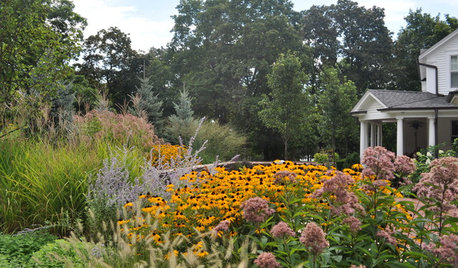
GARDENING GUIDESPacific Northwest Gardener: What to Do in September
Put in cool-weather veggies, fertilize your lawn and tidy the garden this month before chilly weather arrives
Full Story
GARDENING GUIDESHow to Switch to an Organic Landscape Plan
Ditch the chemicals for a naturally beautiful lawn and garden, using living fertilizers and other nontoxic treatments
Full Story
ORGANIZINGDo It for the Kids! A Few Routines Help a Home Run More Smoothly
Not a Naturally Organized person? These tips can help you tackle the onslaught of papers, meals, laundry — and even help you find your keys
Full Story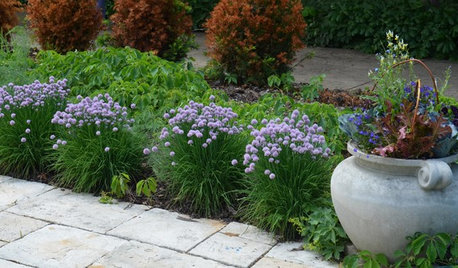
GARDENING GUIDESEdible Plants That Double as Ornamentals
Try growing these tasty plants with your ornamentals for an attractive garden and fresher meals
Full Story
GARDENING AND LANDSCAPINGGuest Picks: Summer Dining Essentials
Enjoy Meals Outdoors this Season with Help from a Few Key Tabletop Pieces
Full Story
BEFORE AND AFTERSKitchen Rehab: Don’t Nix It, Fix It
A small makeover makes a big impact in a traditional kitchen in Atlanta with great bones
Full StoryMore Discussions






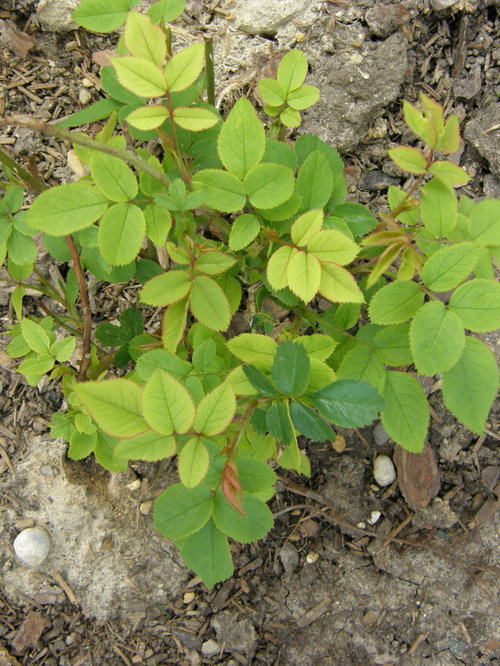
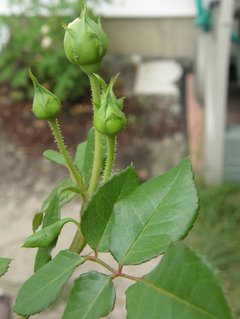
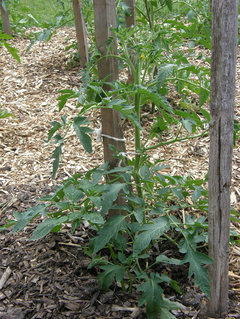
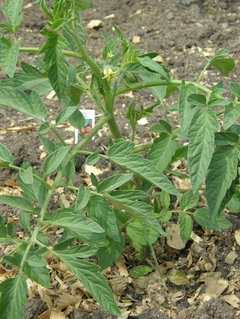

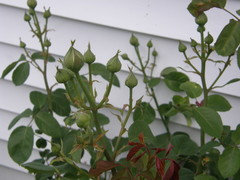


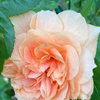
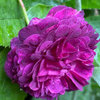
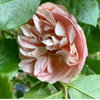
seaweed0212